|
Welcome to Week Four of A Vintage Kidlit Summer, hosted by me and Anna Rose Johnson! For more info, including recommendations for each week's theme, see this previous post.
This week's theme was a Book in a Series, which pretty much left me…staring at all my favorite vintage books. :) But I chose one that I remember loving as a child and yet somehow which I'd completely forgotten all the details about by the time I reached adulthood: Friendly Gables, by Hilda Van Stockum. Friendly Gables is the third book in The Mitchells series—one thing I loved as a kid was watching the family grow from five children, to six children, to eight in this final installment. As you may know, I have eight children myself, so reading this book felt like holding a mirror up to my life. Friendly Gables is a perfect little family story (or, little big family story), taking place over Mrs. Mitchell's three weeks postpartum after the birth of twins. SO MUCH in this story reminded me of my life, that it often seemed uncanny. Reading now, I remember vividly my impression of Mrs. Mitchell… I remember thinking, "Wow, she is such a great mother. Someday I am going to be a mother like that." I wish I could say I have succeeded! I am afraid that on my bad days I look more like the villain of the story, stuffy nurse Mrs. Thorne, with her constant heckling about keeping the house tidy and looking out for one another. Still… it's good to have a model to look up to, no? Maybe someday…someday I can be as good a mother as Mrs. Mitchell is! I wish Hilda Van Stockum was still alive so I could find out if her perfection was inspired by reality or by wishful thinking! Another high point of the story was the way the Mitchells' Catholic faith is an everyday part of their life—more so than in the first book of the series, probably because this (and the middle book) takes place in Canada, where Catholicism was more strongly a part of communal life as well as personal life. A line at the end choked me up: "The guests were all grouped around as Monsieur le Curé poured water on the two little heads and solemnly baptized them James Michael and John William. Mother had tears in her eyes. It was part of the joy of giving birth, to bring her babies back to God afterward. Daddy shared her feelings. He had put his arm through hers and she leaned against him." Such a perfect snapshot of a moment and feeling I know so well...
0 Comments
I hope you all don't mind a bit of a catch up post! These past two weeks of summer reading have been delightful—in addition to these vintage reads, I dove into a new early reader, a recently-released adult historical fiction and a soon-to-be-released adult historical fiction, all of which I plan on sharing with you soon. I haven't done too much besides read, as after the non-stop pace of play rehearsals and long daily drives for the musical my children were in, my body decided to force me to give it a rest. Luckily sick days are good reading days! For week three of the Vintage Kidlit Summer reading challenge I'm hosting with Anna Rose Johnson, the theme was Magical Adventures. We actually both chose to read Half Magic, by Edward Eager. As one commenter on Instagram pointed out, this book is a book-lover's dream, as old favorite stories are woven into the plot and environment of the story. After just a few pages, I was ready to dive into E. Nesbit again—and maybe I will, later this summer! For week four, I re-read Emily's Runaway Imagination, which I now think may be Beverly Cleary's most underrated book. I love the episodic style and historical setting (she wrote it as historical fiction, unlike her Henry/Beezus/Ramona stories). I love the little vignette scenes as well as the drama of the biggest plot point: can Emily and her mother bring a library to small-town Oregon?
What surprised me most, not having read this since I was about ten, was one very important and understated theme in this story: racism. Not exactly what you'd expect from a Beverly Cleary novel, right? And yet I found that Emily's experiences relating to her elderly Chinese neighbor had a ring of authenticity and courage. At the beginning of the story, Emily is afraid to take the road that goes by Fong Quock's house—not, as you might expect, because she is afraid of the Chinese man, but because she is afraid of herself. She has a hard time understanding his accent, as he is the only Chinese person she has ever met, and she is afraid she will hurt his feelings if she misunderstands. She's also honestly afraid of embarrassing herself because of her misunderstanding, which I also find very relatable—how often are our intentions totally pure? Throughout the story, Emily always speaks of Fong Quock with respect and admiration, but her fears almost make her miss out entirely on the chance to connect with him in a genuine way. Now, like many vintage books, Emily falls into a few stereotypical depictions of Chinese that I'm sure modern readers may justifiably object to. In these cases, I like to take Mitali Perkin's advice and read more widely, to get a more full and nuanced view of any pinpointed time and place. Certainly Emily's experiences with her Chinese neighbor seem honest and good-hearted…but what would the point of view of a Chinese immigrant in 1920's Oregon look like? How would his version of the story look different? Maybe you all can help me out there. Do you readers have any good recommendations for stories of Chinese immigrants to the Northeast U.S. in the 20's? This week, we're moving on to A Book in a Series—which pretty much encompasses about 80% of my favorite vintage books, so I'm having a hard time choosing. Any must-read series on your lists of favorites? We've arrived at Week 2 in our Vintage Kidlit Summer Reading reviews! (You can learn more about this summer reading challenge that Anna Rose Johnson and I are hosting in this post.) This week's theme is Moody & Mysterious, and I again chose to read Anna Rose's recommendation: Mystery on Heron Shoals Island, by Augusta Huiell Seaman, originally published in 1940.
Here's the publisher's description: Fifteen-year-old Marty, her grandmother, and their macaw, Methuselah, live in a big old family house on Heron Shoals Island. When they’re asked to board a young musical prodigy, his father, and his professor for the next couple of months, Marty senses disaster on the horizon. The group soon becomes friends, though, as they find themselves working together to solve a thrilling and complicated mystery. If they can solve it, life at the old home on Heron Shoals Island will never be the same again. Guys, I LOVE island stories. This makes two in a row, and I could easily just specialize in kids-on-an-island stories this entire summer. This one was very different from last week's lighthearted family story. The suspense and danger were real, but they never got too intense. (I'd have no issue handing this to a young, precocious reader.) The mystery itself was slightly predictable to me (I mean, I'm a writer, so it's hard to surprise me with a plot!), but very engaging and complete with a satisfying ending. My favorite part, though, was the description of the hurricane that takes place at the climax of the book. I'd heard stories from grandparents and elderly friends of the Great New England Hurricane of 1938—clearly that was the inspiration for the terrifying storm in this story. Every summer during hurricane season, the weather channels here in CT pull up the old photos and first-hand accounts, so it was easy to visualize exactly what Seaman describes in her story. And of course placing it within a story made the storm come so much more to life! This week we're diving into some light fantasy with "Magical Adventures." I'm already delving into an old favorite, Half Magic, by Edward Eager. Are you joining us this week? I'm also linking up today with Greg Partridge for Marvelous Middle Grade Monday—for some more current MG recommendations, be sure to check out his blog! Welcome to Edition 1 of 12 in my Vintage Kidlit Summer Reading reviews! (You can learn more about this summer reading challenge that Anna Rose Johnson and I are hosting in this post.) This week's theme is Summer Vibes—it was NOT easy to choose just one vintage book for this theme (and I may have cheated—overachieved?--a little by reading other summer stories with my kids. But today I'm spotlighting my official read and new discovery: Seacrow Island, by Astrid Lindgren of Pippi Longstocking fame.
Don't get me wrong: I enjoy Pippi very much. But I can't understand how so much of Astrid Lindgren's reputation seems to rest on that one character. If you haven't read Ronja, the Robber's Daughter or The Children of Noisy Village, for example, you're missing out on much of Lindgren's humorous and emotional depth and breadth. Seacrow Island took me in a very different direction, but no less delightful, as it's a story that was contemporary when Lindgren wrote it, and solidly in the realm of realism. The mention of blue jeans and polo-neck sweaters and motor boats made me forget temporarily that I was in a Lindgren novel—until the humor hit. And Seacrow Island really is one of the funniest realistic fiction stories I've ever read. Some of that humor is situational, but for the most part, it's all about the people. Much like Jane Austen or L. M. Montgomery, Astrid Lindgren has the ability to write characters that make you laugh out loud while still being essentially human and deeply real. We laugh at them, but we never mock them—perhaps because we see in them a bit of ourselves or of someone we love. Seacrow Island is inhabited by a cast of intensely lovable and mostly humorous human beings—with a few animals thrown in for good measure (I have never had such a warm feeling toward wasps as I did when reading this!). At the center of the action is the Melkerson family: Melker, the dreamy and ever-so-slightly pompous-in-a-lovable-way writer; Malin, Melker's oldest daughter, who at nineteen is the mother figure for her motherless brothers and the irresistible love interest for any nearby young men; Niklas and Johan, the 11- and 12-year-old adventuresome and trouble-making brothers; and Pelle, the 7-year-old, tenderhearted baby of the family. When the Melkersons rent a tumbledown house on Seacrow Island for the summer, the children are quickly befriended by the locals, particularly Tjorven, the six-year-old "queen of the island," who has the entire population wrapped around her chubby and charming finger. There is little intense drama in the story, and yet I found myself unable to put it down. The everyday drama of forming friendships and falling in love and fearing change and wanting a pet—all these familiar situations were so adeptly crafted that they held my attention with the magnetism of a thriller. Besides the characters, Seacrow Island itself was such a well-drawn and delightful setting, I wanted to book a plane to Sweden before I'd turned the last page. Thank you so much, Anna Rose, for recommending this book! Now, friends, what have you been reading? If you've joined in the Vintage Kidlit Summer, please share! I'd love to read your own book recommendations; if you've highlighted one for this week's theme, please leave a link in the comments—or use the comments section to share a one or two sentence spotlight here. :) As a treat for my kindred spirits, I'll be giving away a paperback copy of one of my vintage favorites. Just leave a comment here about what you've read, or share on instagram with the hashtag #vintagekidlit summer (and, if possible, tag me and Anna Rose in your post @faithhough42 and @annarosewriter). I'll choose a winner on Wednesday 6/7, and can mail a copy within the United States. Good luck! |
About meHi! I'm Faith. I blog about books and creativity, family and faith. Welcome! Archives
November 2023
Categories
All
|
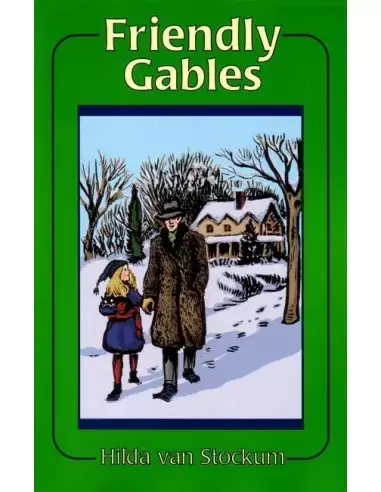
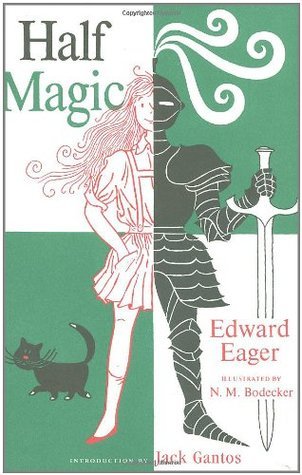
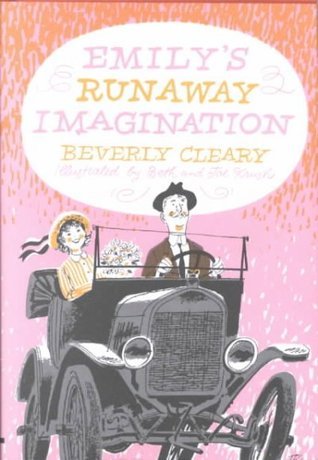
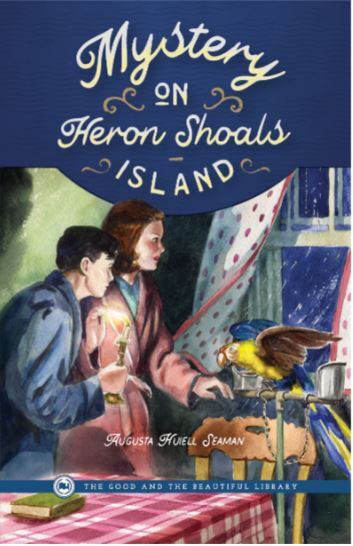
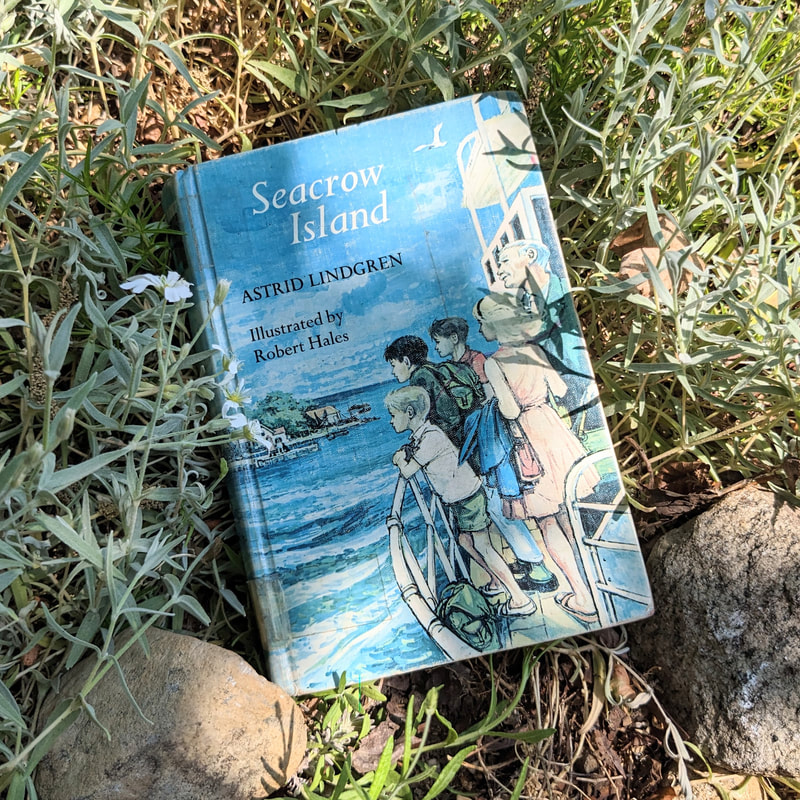
 RSS Feed
RSS Feed